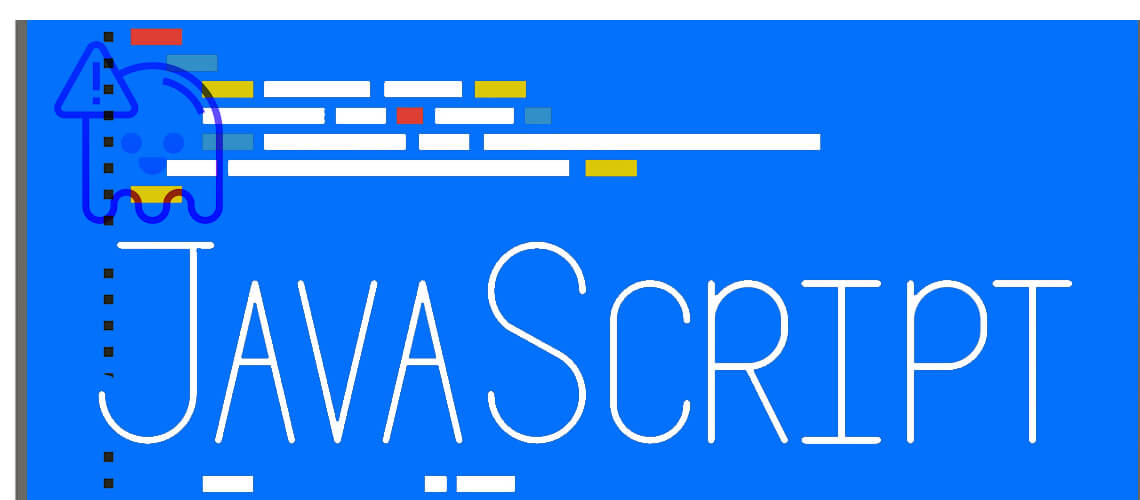
At present, JavaScript is used widely by programmers for developing both web applications and mobile apps. JavaScript has been emerging as one of the preferred languages for building large scale web applications. JavaScript, along with HTML5 and CSS3, help developers to make websites accessible on both computers and mobile devices with a single code base. The full stack web developers prefer writing client-side and server-side code in JavaScript. The developers also have option to accelerate custom application development by taking advantage of various JavaScript libraries, frameworks, and development tools.
The smart web developers explore ways to make a web application maintainable and deliver optimal user experience by writing high quality JavaScript code. They implement various JavaScript programming tips and best practices to write clean, readable, and maintainable code. However, many JavaScript developers often affect the code quality by committing some simple mistakes. These JavaScript common mistakes even require the programmers to put extra time and effort to debug the code. Hence, it becomes essential for web developers to do thoughtful programming know and avoid these JavaScript common mistakes.
7 JavaScript Common Mistakes The Programmers Must Avoid
1) Using = and == Operators Incorrectly
While writing JavaScript code, developers often use the comparison operator (==) and assignment operator (=) interchangeably. A programmer must remember that = is an assignment operator that must be used while assigning values to a variable. On the other hand, he needs to use == as a comparison operator to compare value of a variable conditionally. When a programmer interchanges the operators, the logic error often remains undetected till testing. He can easily avoid this common JavaScript mistake simply by using the comparison operator instead of the assignment operator while writing if statements.
2) Forgetting Multiple Purpose Use of the + Symbol
Unlike other programming languages, JavaScript uses the plus (+) symbol for two distinct purposes – concatenating strings and adding variables. If a programmer does not use + accurately, the value returned by a statement changes. For instance, when the developer combines both string and integer values as input for a function, the function fails to identify and parse the correct value. The programmer can easily avoid this common JavaScript mistake by converting string values into integer through the parseInt() function when a function takes both strings and numbers as input.
3) Defining Array Objects with Named Indexes
Unlike other programming languages, JavaScript require programmers to define arrays with numeric integer indexes. The developers have to assign values to individual elements of an array by referring to their numeric integer index. But many programmers used named indexes instead of numeric integer indexes in arrays. The incorrect use of indexes often makes the valued defined incorrectly. Also, it makes the function return incorrect values. It is always important for JavaScript developers to differentiate between the two index types. Also, they must choose the right index type according to the required properties or calculations.
4) Not Checking If an Object is Undefined
While writing JavaScript code, programmers have option to value of variables as null. But JavaScript sets value of variables as undefined by null. Likewise, it sets value of objects as null by default. Often JavaScript ignore the significance of checking if an object is defined as null. When an object is defined as null by default, the programmers needs to ensure that it is not undefined. They can easily avoid the common JavaScript mistakes by checking if an object is undefined before performing any calculation or while writing statements.
5) Defining Variables with Block Level Scope
Many programming languages allow web programmers to define variables with block level scope. Hence, they can use the variable in a loop. The value of the variable becomes null once the loop is executed. But JavaScript does not allow developers to declare variables with block level scope. When a programmer defines a variable with block level scope, new bugs appear in the code. However, ECMAScript 6 allows developers to define variables with block level scope using a new keyword –let.
6) Referencing Code before Loading
A web browser executes JavaScript code in the order in which they appear in the source document. Hence, developers have to ensure that the specific code is loaded before being referenced. The developers can avoid this common JavaScript mistake in a number of ways. They can accelerate code execution by placing the JavaScript code at the end of the source HTML file just before the </body> tag. Likewise, they can consider putting the entire JavaScript code in a single function, and call the function through the onload event of the <body> tag.
7) Replacing Semicolons with Commas
The smarter JavaScript programmers keep the code readable by using semicolons. But beginners often believe that semicolons affect the web application’s performance by consuming additional memory. They use commas instead of semicolons while concatenating code into a single line. Several studies show that neither use of extra semicolons nor additional variable declaration affects the JavaScript code execution speed. Hence, the developers can easily keep the code clean and readable by avoiding this common JavaScript mistake.
The JavaScript programmers must identify a number of common JavaScript mistakes to accelerate web application testing and improve code quality. A programmer also needs to explore ways to simplify error handing and enforcing stricter parsing. He must enable the strict mode to accelerate code debugging and identify the errors in the code.